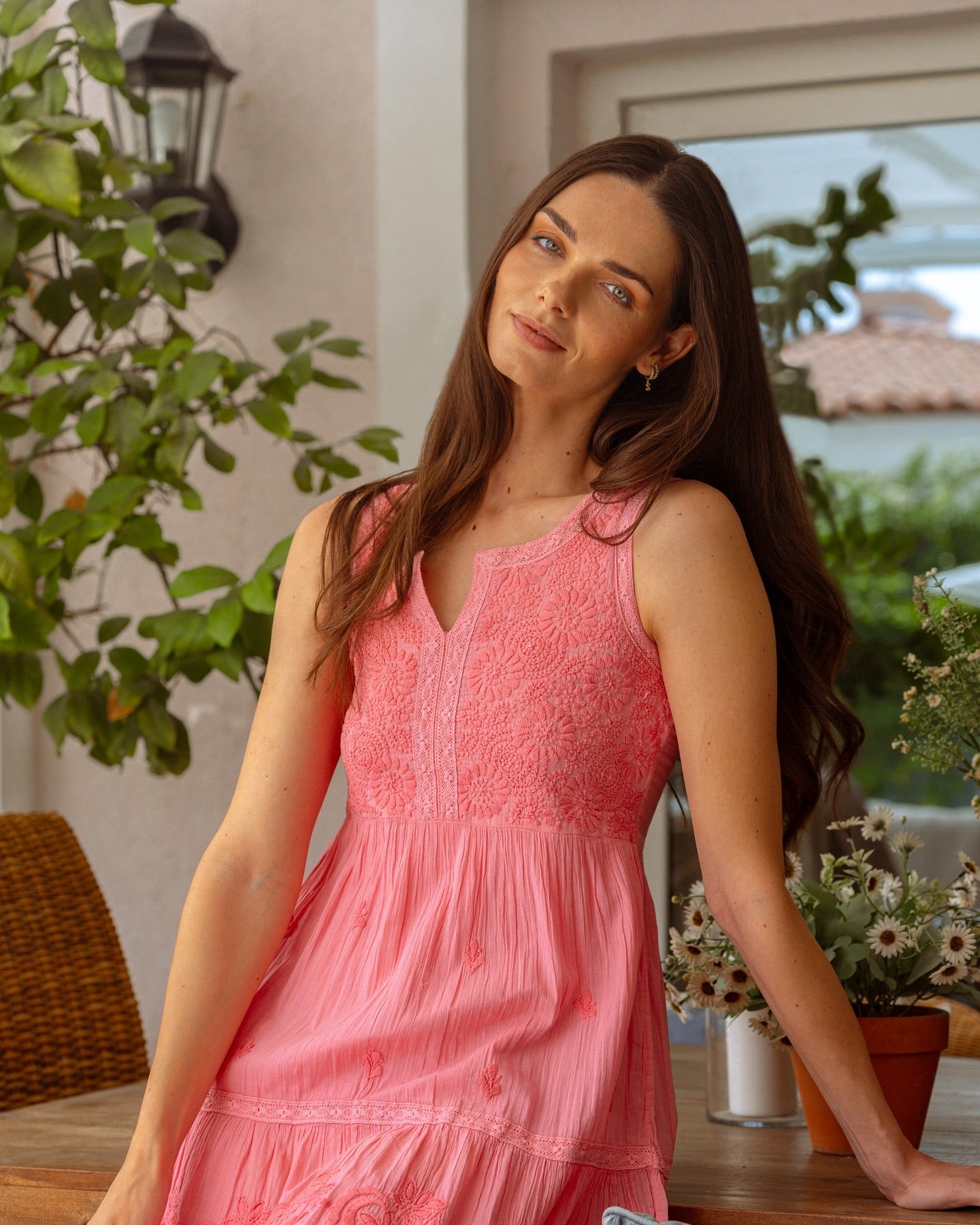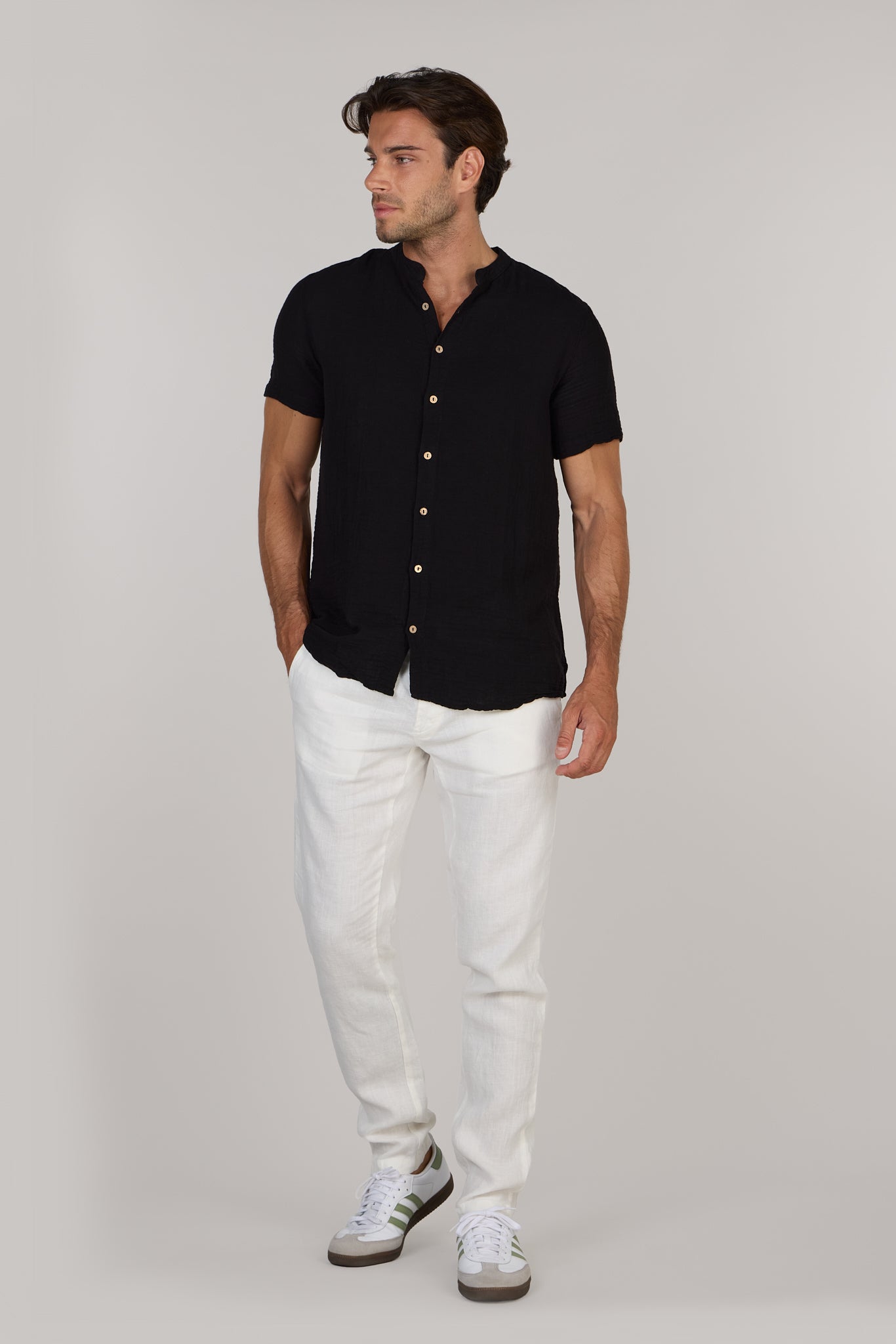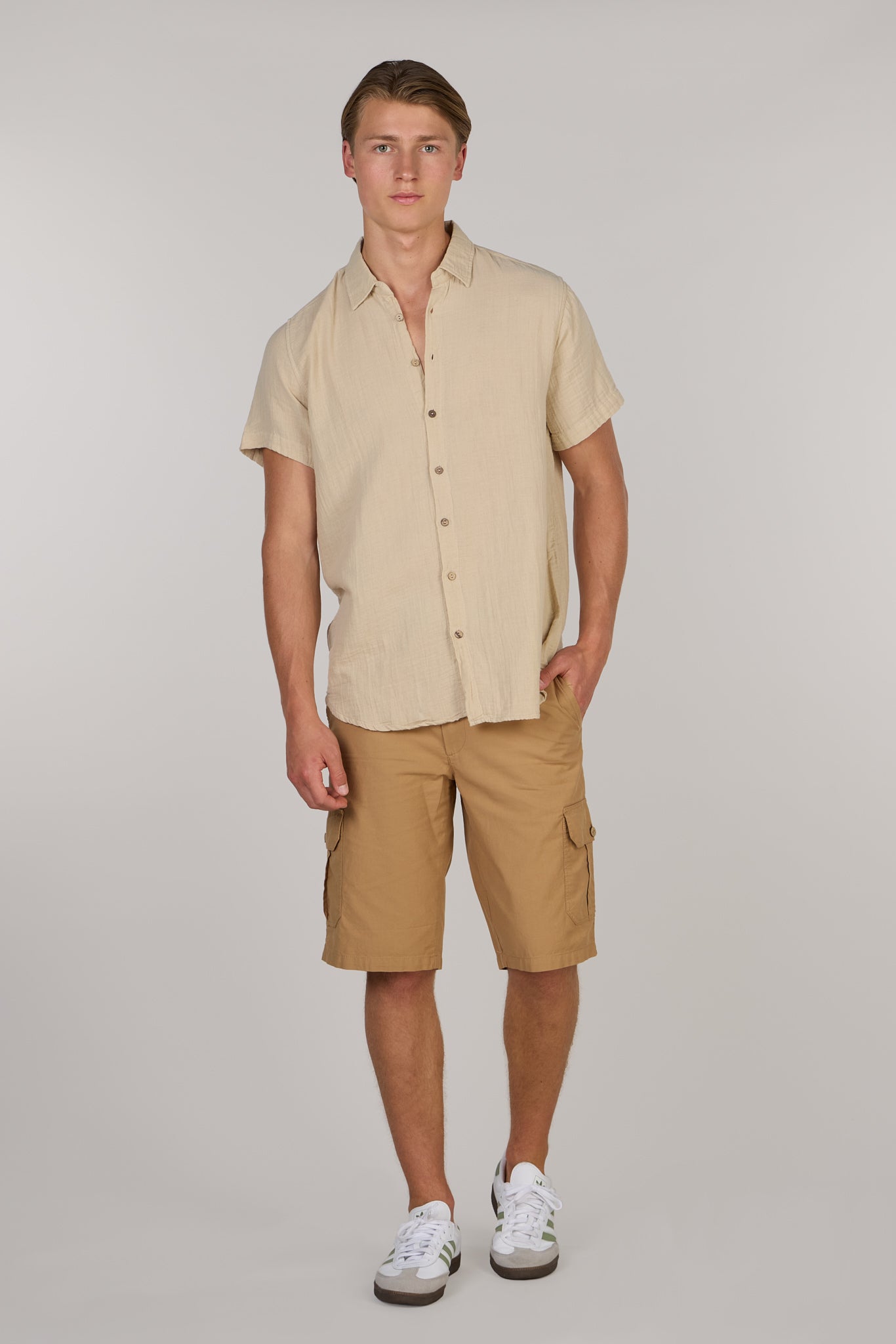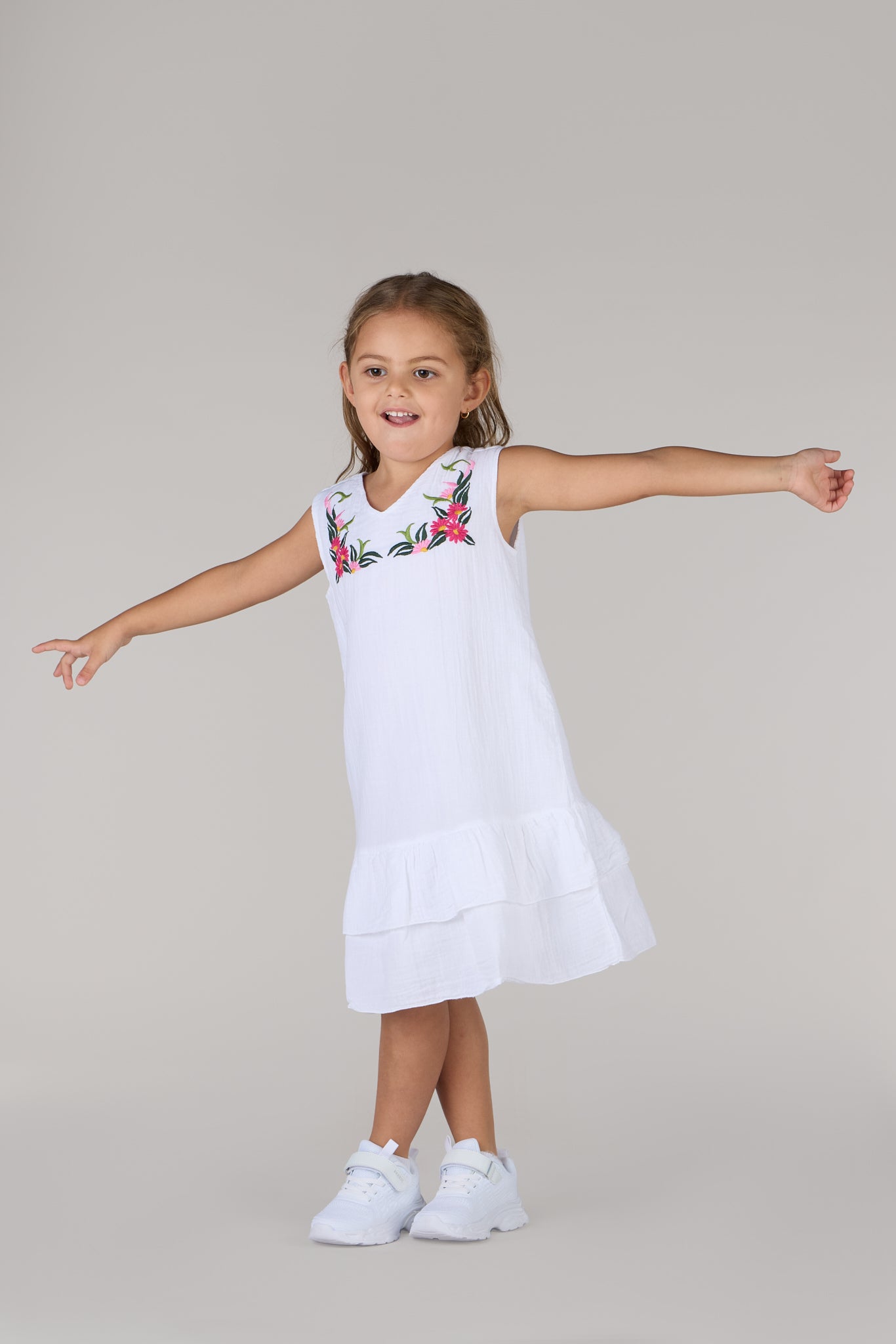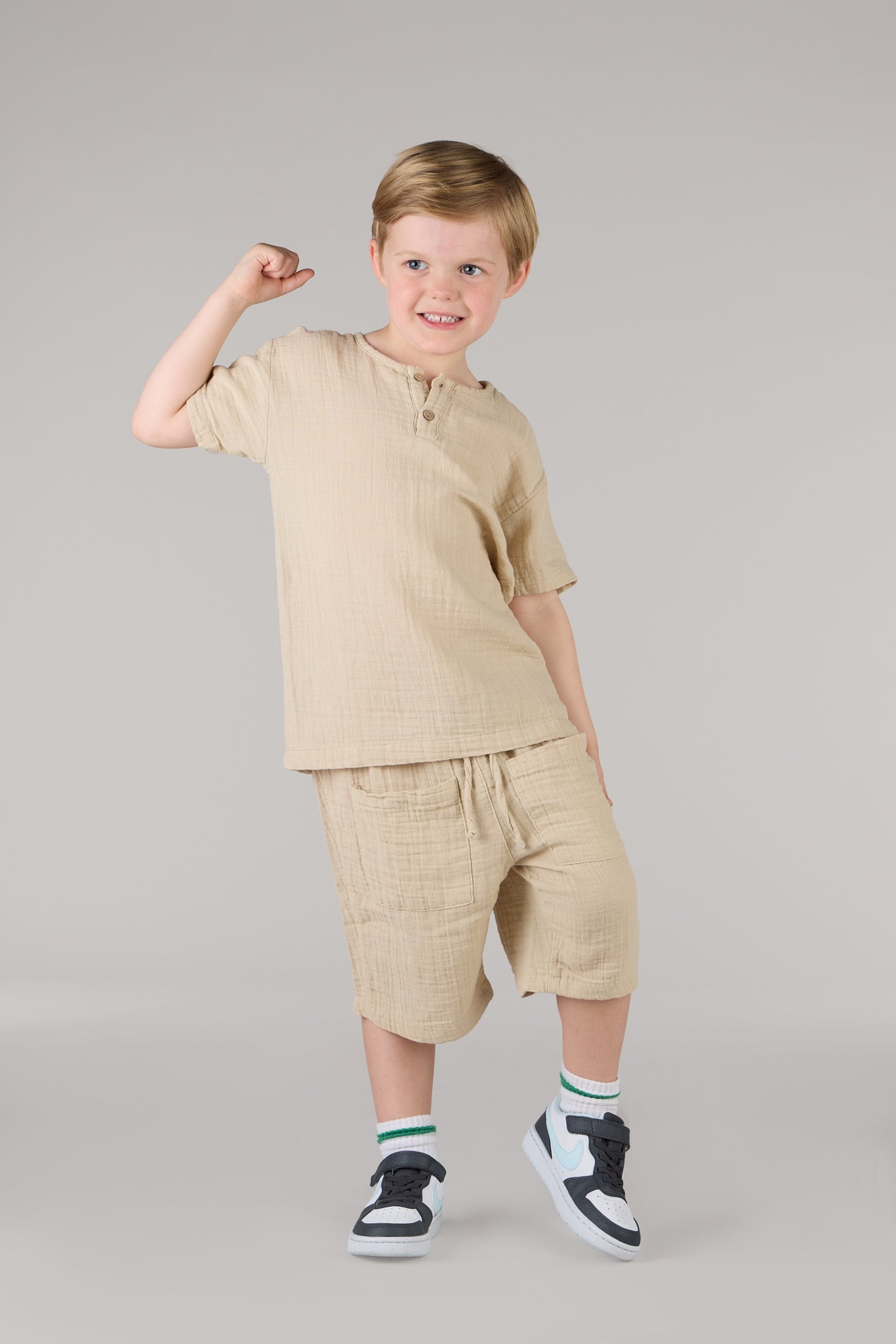
Fashion trends come and go, but embracing sustainable fashion is proving to be more than just a fleeting movement. It’s an exciting shift towards styles that respect the planet while keeping us looking fabulous. The world of sustainable fashion opens up innovative possibilities for dressing in a way that feels good and does good.
Sustainable fashion trends don't just offer greener choices; they also inspire creativity and encourage thoughtful use of resources. These trends highlight how we can rethink the clothes we wear, focusing on reducing waste and extending the lifespan of garments. From upcycling old clothes into new favorites to exploring digital wardrobes, the choices are more varied than ever.
Switching to sustainable fashion helps reduce our footprint on the planet and fosters a deeper connection with what we wear. By exploring these trends, we can all take part in a Fashion revolution that values both style and sustainability. Join the journey of discovering how to make fashion choices that not only look good on you but are also kind to the Earth.
The Rise of Upcycled Fashion
Upcycled fashion is a creative and eco-friendly approach to style that transforms unwanted materials into fashionable new pieces. This trend reduces waste by giving old clothes and fabrics a second life. Instead of tossing out garments, designers and DIY enthusiasts turn them into something fresh and trendy. This process not only saves materials from landfills but also cuts down on the need for new resources, like water and energy, used in conventional fashion production.
Many people find upcycled fashion appealing because it encourages unique and personalized styles. With creativity and innovation, even the most ordinary items can be turned into something extraordinary. For instance, an old pair of jeans can become a stylish tote bag or a denim skirt. A vintage dress might find new life as a chic blouse with a few tweaks and alterations.
Some designers take upcycling to the next level by using unexpected materials. Items such as fabric scraps, old curtains, or even worn-out leather jackets are transformed into high-fashion pieces. By embracing upcycling, you contribute to a more sustainable fashion world and can wear one-of-a-kind outfits that express individuality. This trend shows that with a little creativity, fashion can be both sustainable and stylish.
The Popularity of Capsule Wardrobes
Capsule wardrobes have become a popular trend for those looking to simplify their closets while staying fashionable. A capsule wardrobe is a small collection of essential and versatile clothing items that you can mix and match to create a variety of outfits. The idea is to own fewer pieces that you truly love and wear regularly, rather than having a wardrobe overflowing with items you rarely use.
This minimalist approach appeals to many because it reduces decision fatigue and makes getting dressed each day quicker and easier. People appreciate the clarity and peace of mind that come with having a streamlined wardrobe. With a capsule wardrobe, you focus on quality over quantity, choosing pieces that are durable and timeless.
Benefits of having a capsule wardrobe include:
1. Simplification: Fewer clothes mean less time spent deciding what to wear.
2. Cost Savings: Investing in quality pieces reduces the need for constant shopping.
3. Sustainability: Buying less often and focusing on lasting items helps the environment.
4. Personal Style: A capsule wardrobe helps define and enhance your personal style by focusing on items that reflect your true taste.
As more people pursue a simpler and more sustainable lifestyle, capsule wardrobes continue to gain popularity. They offer a practical way to enjoy fashion without clutter or the waste associated with fast fashion habits. Building a capsule wardrobe leads to clearer choices and a positive impact on the planet.
The Influence of Digital Fashion
Digital fashion is an exciting development that tackles fashion's environmental impact by reducing the need for physical garments. This trend utilizes technology to create and wear virtual clothing. By embracing digital alternatives, designers and consumers can decrease the waste associated with fast fashion.
Digital fashion allows you to dress up avatars for social media or gaming environments, without producing any actual waste. Virtual garments can be tried on and shared online to express your fashion sense without contributing to pollution or excess fabric use. This means less water consumption, fewer resources, and a smaller carbon footprint.
Virtual clothing also opens doors for experimenting with bold and imaginative styles that might not be possible with physical fabrics. People can explore digital designs to gain a fresh perspective on style and creativity. Many brands are jumping onto this trend, offering virtual versions of their collections, appealing to eco-conscious audiences who seek sustainable practices. Embracing digital fashion lets users enjoy fashion responsibly by cutting down on excess consumption and waste. It's an inventive way to stay stylish while making positive environmental choices.
The Shift Towards Circular Fashion
Circular fashion focuses on creating a closed loop for clothing, where garments are continuously reused, recycled, or remanufactured. This trend upholds sustainability by refusing waste and valuing each item's life. In circular fashion, clothes reach their end-of-life during reuse or conversion into new materials, meaning nothing is wasted.
This process starts from design, where clothes are crafted to last longer and support easy recycling. Circular fashion encourages consumers to buy less but choose better quality, promoting longevity. Brands often embrace repair services, resale, and recycling programs, helping users to keep garments in rotation.
Principles of circular fashion include:
1. Design for Longevity: Creating items with extended durability.
2. Recycling Efficiency: Easier disassembly for reprocessing.
3. Resource Recovery: Using biodegradable or easily recyclable materials.
By adopting circular fashion principles, consumers can enjoy styles confidently while minimizing waste and environmental harm. This approach transforms fashion into a responsible cycle where nothing becomes trash, inspiring a zero-waste lifestyle. Circular fashion represents a promising path toward reducing global textile waste.
Conclusion
Sustainable fashion gains traction as individuals and brands seek environmentally friendly options for style. By understanding trends like upcycled fashion, capsule wardrobes, digital fashion, and circular practices, consumers can make smarter choices that benefit both the planet and style expression.
Adopting these practices means wearing unique pieces that last longer, require fewer resources, and hold more value. Fashion enthusiasts can contribute positively to the planet by choosing methods that reduce waste and promote creativity. Sustainable fashion showcases the harmony between style and earth-saving actions, helping consumers feel good about their wardrobe choices.
Whether dressing up avatars with digital fashion or curating a minimalist closet filled with cherished pieces, sustainable fashion offers meaningful options. Each choice propels the movement forward, illustrating that style doesn't have to compromise our planet's health.
Join the journey toward a cleaner, greener fashion future with Just Nature. Explore our sustainable collections that embody these pioneering trends, ensuring you step out in style that's both forward-thinking and eco-friendly. Choose Just Nature to make a positive impact with your fashion choices.
